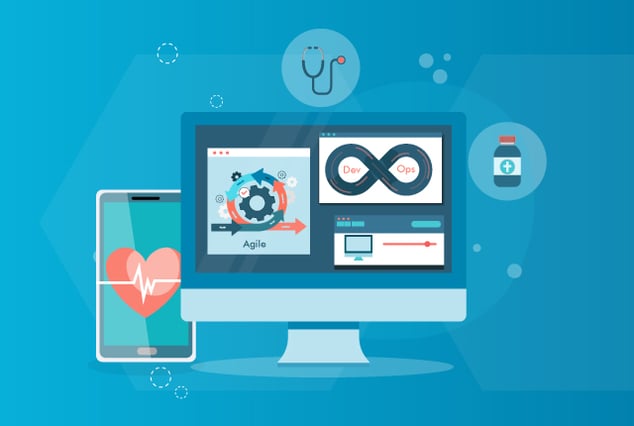
Software development has been in existence for quite a long time now. However, the need for strong QA to complement the advancements of development has risen. With the increasing demand for high-quality products, it has become imperative for software companies to have strong QA in order to achieve development excellence.
It's really important to maintain an interactive balance between development and QA. The interactive model should include proactive communication at each level rather than at the end of each release cycle. To meet these objectives, software companies are implementing the Agile methodology in software development.
The traditional models for software development had different phases. With Agile, you divide the project development life cycle into sprints. Here are the major differences between the two:
| Traditional SDLC Models | Current SDLC Models |
|---|---|
| Based on structured and often rigid methodology | Agile methodology is known for its flexibility |
| The “Testing” phase comes after the “Build” phase | Testing is performed concurrently with development |
| Regarded as a stringently sequential process | Highly collaborative process with enhanced team input |
| Has internal processes and does not require participation from customers | Customer oriented approach that involves customer participation throughout the development phase |
| Exhibits a project mindset and focuses strictly on the completion of project | Delivers a product that satisfies the customers' needs and is flexible enough to changing requirements |
The traditional development models had a very different approach toward QA and development teams. The development and testing phases were kept separate and QA teams were not involved in any phase of development, except the testing and maintenance phases. This resulted in a huge disconnect between teams which led to the following issues:
- The QA team was not aware of what is being developed
- Test case creation started after development
- Defects were always found post development and mostly near release
- The QA team was seldom aware of client’s requirements
- Instead of understanding the user requirements and improving product, the QA was stuck reporting defects and test case executions
All this resulted in blocking releases and major delays, due to multiple issues arising near the release date.
The Relationship Between Dev and QA Today:
In the past, it was the primary responsibility of developers to ensure that there are no defects in the release. With Agile, QA and Dev teams work together, which strengthens the relationship between QA engineers and developers. As a team, you are able to work together to find defects beforehand, which saves a lot of time and efforts. Here are a few factors to consider for enhancing the relationship between the QA and development teams in an Agile environment.
Focus On Quality, Not On Testing: QA team's focus should be on providing quality attributes and defects. Their focus should not limit to merely testing or finding and reporting bugs. The development team should not consider defects as offensive to their performance. Instead, they should accept the defects and perform the necessary bug fixes.
Share Responsibility: Both QA and development teams should share the responsibility for a successful product release. This includes understanding end user requirements, market trends, documenting deliverables, and updating the processes.
Choose Your Battles: Both teams should define a benchmark of quality as well as efficiency for each other. Rather than reporting the trivial errors as defects, QA team may mark these as improvements for the next release. Likewise, the development team should also not turn down all the defects reported by the QA team and should accept the bug reports with understanding and responsibility.
Be Constructive About Defects: QA and development teams should understand that it's the responsibility of both teams to guarantee a successful product release. The teams should be constructive about defects and work together to attain a high-quality product.
Create Visibility Into Your Activities: Both teams should know about the other team's activities. They should be transparent and sincere with each other. Better collaboration among the QA and Dev teams ultimately leads to a better product increment.
Flexible QA: With the changing times, QA is not limited to defect reporting and test case execution. It has expanded to DevOps, allowing testers to validate the requirements and verify the code while committing the updates.
Take Initiative: Taking the initiative is a leadership skill. Dev and QA teams should work together to take responsibility for improving their work culture.
With the points discussed above, it is evident that successful software release cycles are driven by effective collaboration between Dev and QA teams. Not only does the Agile methodology accounts for developing excellence with strong QA, it ensures that the Dev and QA teams follow a customer oriented approach for successful releases .
Can Agile work with geographically distributed teams?
Download our free guide 7 Best Practices for Successful Offshore Agile QA below!



